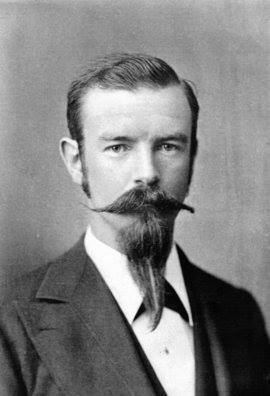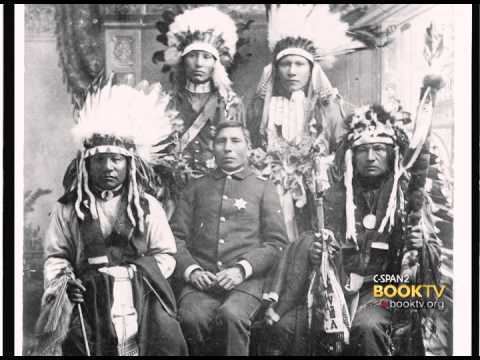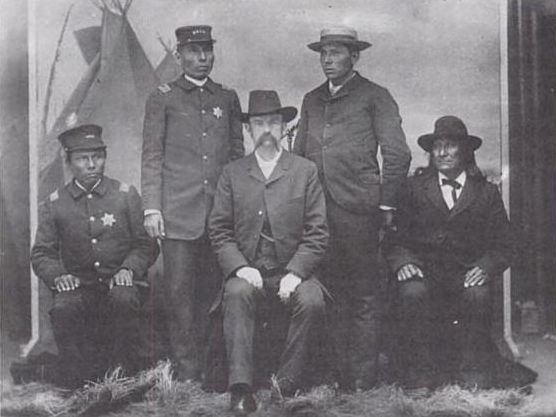Preceded by Chauncey Lynch Wood Succeeded by George B. Mansfield | Name Valentine McGillycuddy First ascents Harney Peak | |
 | ||
Full Name Valentine Trant McGillycuddy Books The Killing of Chief Crazy Horse: Three Eyewitness Views by the Indian Chief He Dog, the Indian-white William Garnett, the White Doctor Valentine McGillycuddy | ||
Valentine Trant McGillycuddy (1849–1939) was a surgeon who served with expeditions and United States military forces in the West. He was considered controversial for his efforts to build a sustainable relationship between the United States and Native American peoples.
Contents

Early life
Valentine Trant O'Connell McGillycuddy was born on February 14, 1849 in Racine, Wisconsin. When he was 13, his family moved to Detroit.

He graduated from the Detroit Medical School at 20 years of age. He began working as a doctor at the Wayne Country Insane Asylum and practiced medicine for one year. Next he began teaching at the medical college. McGillycuddy's longstanding love for the outdoors led him to leave the city medical field.
Career

From 1871 to 1874, McGillycuddy worked for the United States Boundary Survey Commission. He became a topographer and surgeon for the International Expedition. This group headed an expedition to define the border between the United States and Canada along the 49th parallel. They began their expedition in North Dakota, where the ground had frozen due to a wet season. In order to keep their feet warm, the men wore several pairs of socks, wrapped their feet in a square blanket, and last wore a pair of over-sized moccasins. After the expedition ended, McGilldycuddy returned to Washington, DC. He was soon sent out to Wyoming to continue his career as a topographer.

The following year, in 1875, he was invited on the Newton-Jenney Party. As the surveyor for the expedition, McGillycuddy was the first person to record their climb of Harney Peak (now Black Elk Peak) in the Black Hills of South Dakota. He was responsible for mapping the topography and geology of the region, while the expedition assessed the area for major gold deposits.
Upon returning from the expedition, McGillycuddy married Fanny Hoyt. He was recruited as the Contract Surgeon with General George Crook during the Battle of the Rosebud (June 17, 1876), the Battle of Slim Buttes (September 9 and 10, 1876), and the Horsemeat March (1876).
Relations with Indians
McGillycuddy was appointed Assistant Post Surgeon at Fort Robinson in what became Nebraska. He was known to the Lakota at the agency as a "Friend of Crazy Horse," a notable Lakota leader. McGillycuddy treated Crazy Horse after he was fatally shot by guards who said he was trying to escape. After Crazy Horse's death, McGillycuddy went to Washington D.C. to lobby for more humane treatment of Indians at Fort Robinson.
McGillycuddy was appointed as Indian Agent in 1879, when he was 30. He served at the Pine Ridge Agency (now Pine Ridge Indian Reservation in South Dakota. He did not manage to achieve such friendly relations here as he had with Crazy Horse and other Lakota. Red Cloud, a major chief, accused McGillycuddy of mismanagement, leading to several investigations of the Agent's administration. Despite this, McGillycuddy established an Indian police force, and set up a boarding school to educate Indian children of the region. Under pressure to fire a loyal clerk for no reason he could see, McGillycuddy eventually resigned his post. He was suspended from his position in October 1882 (see letter above).
Later, in the days leading up to the Wounded Knee Massacre (1890), Red Cloud said that McGillycuddy had been a "young man with an old man's head on his shoulders."
Other government appointments
After leaving Pine Ridge, McGillycuddy settled in Rapid City, South Dakota. He would later serve as president of Lakota Bank and as Dean of the South Dakota School of Mines and Technology. He also was appointed as South Dakota's first State Surgeon General. While living in Rapid City, he built a mansion in 1888, which is still standing.
In 1890 McGillycuddy was elected as a delegate to the South Dakota State Constitutional Convention. Continuing his activism in politics, he was elected mayor of Rapid City in 1897. His wife, Fanny, died that same year.
Later life
After Fanny died, the widower McGillycuddy moved to northern California. There he met Julia Blanchard, who as a girl had asked Fanny if she could marry the doctor after her death. He served as a medical inspector for an insurance agency until retiring in 1912.
But McGillycuddy enlisted in World War I. He was sent to Alaska and other western states to treat patients with influenza during the pandemic of 1918-1919.
McGillycuddy died in 1939 in Berkeley, California in 1939. He was cremated, and his ashes were entombed at the top of Black Elk Peak. A plaque was installed that reads: "Valentine T. McGillycuddy, ′Wasicu Wakan′, 1849–1939″ (In Lakota, Wasicu Wakan means ″Holy White Man″).
